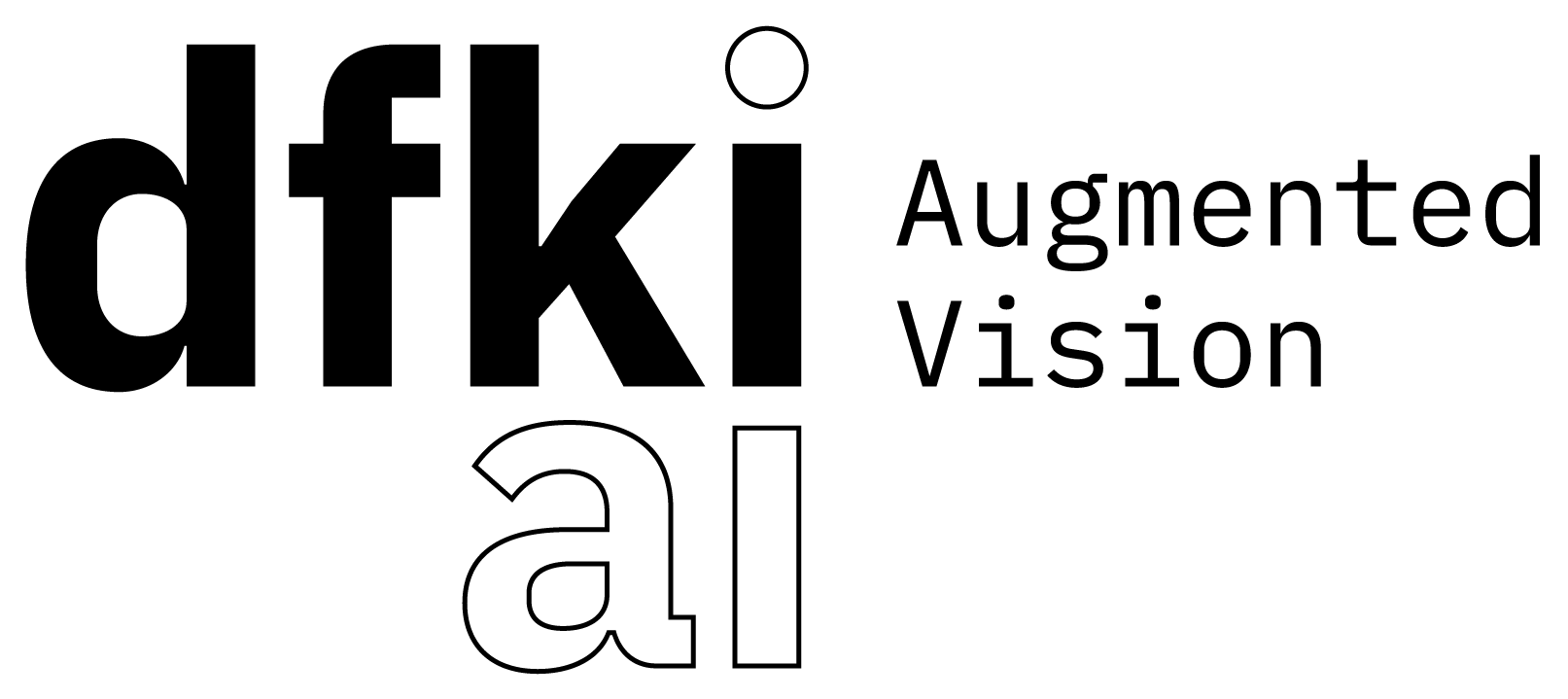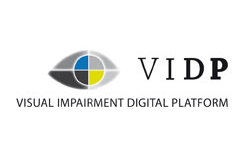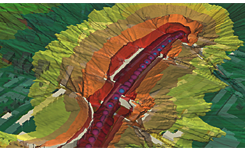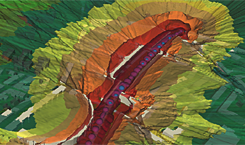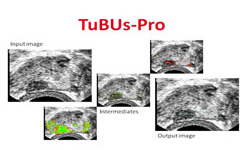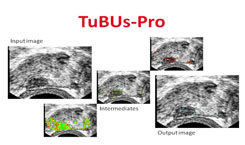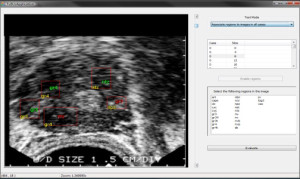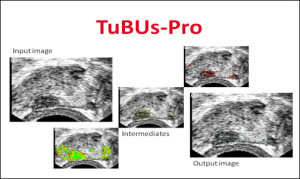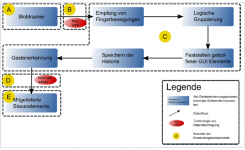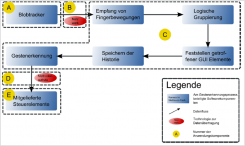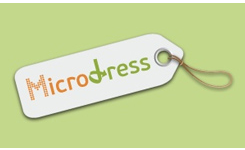
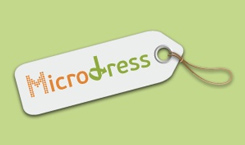
Micro-Dress
The main objective of Micro-Dress is to extend the limits of feasible customisation for men’s and ladies’ garments to include, for the first time, user-controllable wearable functionality and user-selectable degree of material eco-friendliness.
The challenges related to the production of such new features will be researched within a framework based on two distinct business and supply chain models. On the one hand Micro-Dress will introduce mechanisms to expand the existing mass customisation model of a major international brand, while on the other, to extend an innovative mass-customisation model known as ‘micro-factories’ which targets innovative SMEs.
These two aspects can add functional value, as well as emotional value to the products of a consumer market that is currently dominated by either of two extremes: original fashion and brand, or imitation and low‐cost.
It may appear at first sight that the two main ideas (eco‐friendliness and wearable functionality) are somehow contradictory, or at least not converging. However we intend to prove that ecology and wearable functionality can co‐exist. This becomes even more interesting in a user‐centered business scenario, where the customer is directly involved in the design/configuration process, empowered by the freedom to configure both the technology related added value (user selectable sensors, actuators, physiology monitoring devices), as well as the degree of eco‐friendliness of his/her outfits (natural and healthy garments, preserving the environment and energy resources).
The scientific and technological objectives of the Micro-Dress project are:
- To develop rapid manufacturing techniques to be able to directly write onto the fabric and produce microelectronics components directly woven into the articles themselves.
- To derive eco-efficiency and eco-logistics-related algorithms and web-tools, allowing user- configurable eco-certification based on information relating to materials and processes along the supply chain (yarn to garment).
- To develop a new biosensor-based screening test able to revolutionise the process of screening certain garment components created to address specific issues relating to consumer health (fabrics, accessories, etc).
- To develop an e-supply chain management platform to model the sourcing of e-devices and the concept of configurable eco-certification along the two supply chains (vertical brand chain and the supply network of micro-factories).
To support the Micro-Dress vision for the two selected business models, an e-supply chain management platform will be built on the principle of Software-as-a-Service in order to maximise its usability. The results will be demonstrated via two pilot schemes, one focusing on user-configurable eco-certification, the second on the customisable attachment of e-devices.
Partners
Funding by: EU
